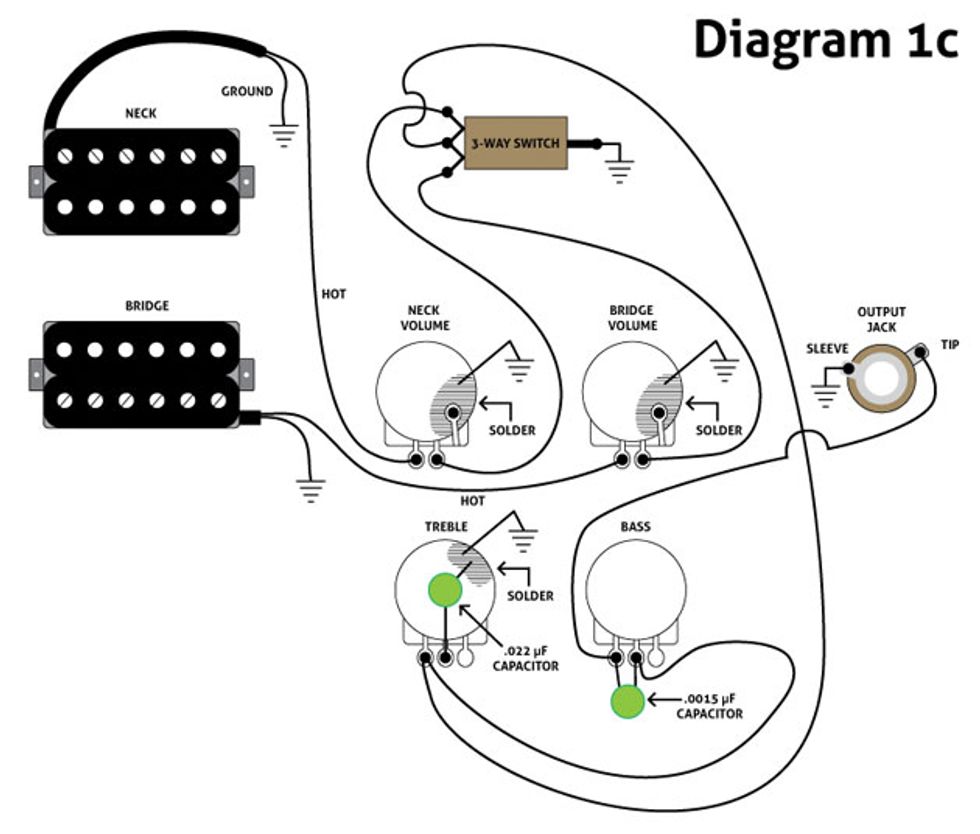GDSmithTX
Corporate cog
So I've got a set of Guitarforce Lord of the Blues pickups on their way to replace the okay-but-not-excellent stock pickups in my cherry Epi 339 Pro. Since the tech has to pull the whole wiring harness for the pup upgrade anyway, I might as well have have him replace it with good quality components while he's at it.
I'm going to want 50s style wiring and to get rid of the push-pull split option, because it's not that useful to me.
But one of the things I'd like to do is use some sort of variation of the very nice G&L PTB (Passive Treble Bass) controls on my G&L Legacy Tribute. Here's a link to a dual humbucker adaptation of it, but it's for a 3-knob guitar. I need something for a 4-knob guitar like the 339.
Any suggestions / diagrams / etc? The wiring will be done for me by a pro at Heights Guitar Shop here in H Town.
I'm going to want 50s style wiring and to get rid of the push-pull split option, because it's not that useful to me.
But one of the things I'd like to do is use some sort of variation of the very nice G&L PTB (Passive Treble Bass) controls on my G&L Legacy Tribute. Here's a link to a dual humbucker adaptation of it, but it's for a 3-knob guitar. I need something for a 4-knob guitar like the 339.
Any suggestions / diagrams / etc? The wiring will be done for me by a pro at Heights Guitar Shop here in H Town.



